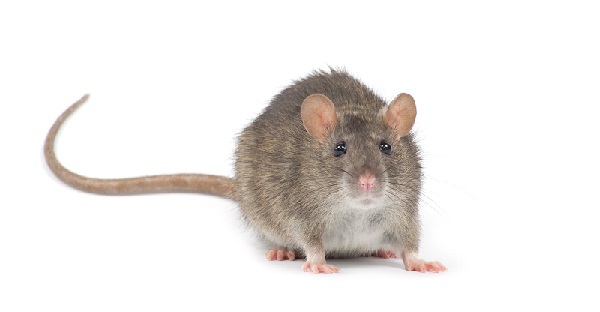Bromethalin Vs Diphacinone Rodenticide

Rodenticides, substances used to eliminate unwanted rodents, have been an essential part of pest control for years. Two widely used rodenticides, Bromethalin and Diphacinone, exhibit different modes of action and effectiveness.
Diphacinone Vs Bromethalin Table
Bromethalin | Diphacinone |
Active Ingredient Bromethalin - 0.01% | Contains Dimethoate as its active ingredient |
Registered by the U.S. Environmental Protection Agency | Registered by the U.S. Environmental Protection Agency |
Take almost three month to control the rodent population | High palatability bait form for effective indoor and outdoor |
Yes, if used as directed on the label. | Yes, if used as directed on the label. |
Considered a single-dose rodenticide | Considered a single-dose rodenticide |
You can use in Along walls, by gnawed openings, in corners and concealed places, between floors and walls | You can use in Along walls, by gnawed openings, in corners and concealed places, between floors and walls |
Norway Rats, Roof Rats, Cotton Rats, Polynesian Rats, House Mice, Eastern Harvest Mice, Golden Mice, Meadow Voles. | Norway rats, roof rats, house mice, meadow voles nd more |
How Does it Work?
Bromethalin is a neurotoxin that works by causing swelling of the brain, leading to paralysis and death. When ingested, bromethalin disrupts the normal functioning of nerve cells and interferes with the flow of sodium ions in the brain, leading to increased pressure and swelling. This swelling can cause paralysis and death in rodents, typically within 24 to 48 hours after ingestion.
Diphacinone, on the other hand, is an anticoagulant that interferes with the normal blood clotting process and causes internal bleeding, leading to death. Diphacinone works by inhibiting the activity of vitamin K, which is essential for blood clotting.
Over time, this leads to a build-up of unclotted blood in the body, leading to internal bleeding and death. The onset of symptoms and death from diphacinone can take several days to a week, depending on the dose ingested.
Form of Bait
Bromethalin is available in a range of bait forms, including blocks, pellets, and pastes. This variety in bait form provides users with options for controlling rodents in different settings, such as indoor or outdoor locations.
For example, blocks or pellets can be used in bait stations, while pastes can be used in areas where rodents are known to gnaw or chew. This versatility in bait form allows for a more targeted and effective use of bromethalin.
Diphacinone, on the other hand, is typically found in pellet form. Pellets are easy to use and can be placed in bait stations or scattered in areas where rodents are active. However, the limited form of bait available for diphacinone may make it less versatile in some situations compared to bromethalin.

Regulations
The use and sale of rodenticides, including bromethalin and diphacinone, are regulated by the Environmental Protection Agency (EPA) in the United States. Some states have additional regulations and restrictions on using these products, so it’s important to check local laws before using them.
Environmental Impact
Both rodenticides pose risks to the environment, primarily due to secondary and tertiary poisoning. Bromethalin, due to its neurotoxic nature, is less likely to cause secondary poisoning. However, scavengers and predators can still be affected if they consume a large number of poisoned rodents.
Diphacinone, like other anticoagulant rodenticides, poses a significant risk of secondary poisoning. Predators and scavengers that feed on poisoned rodents can ingest the rodenticide, leading to widespread impacts on wildlife.
Our Observation
Bromethalin and diphacinone are both rodenticides, but they work in different ways. Bromethalin is a neurotoxin that damages the central nervous system of rodents, while diphacinone is an anticoagulant that prevents blood clotting.
Bromethalin is considered to be more effective than diphacinone, and it kills rodents more quickly. However, bromethalin is also more toxic to non-target animals, such as pets and wildlife. Diphacinone is less toxic to non-target animals, but it takes longer to kill rodents.
Ultimately, the best rodenticide for you will depend on your specific needs. If you are looking for a fast-acting and effective rodenticide, then bromethalin may be a good option. However, if you are concerned about the toxicity to non-target animals, then diphacinone may be a better choice.
Related Article

James E. Butkovich, Pest control maven with a knack for eco-friendly & Chemical solutions. Blogger with a mission to make homes pest-free, one post at a time.

